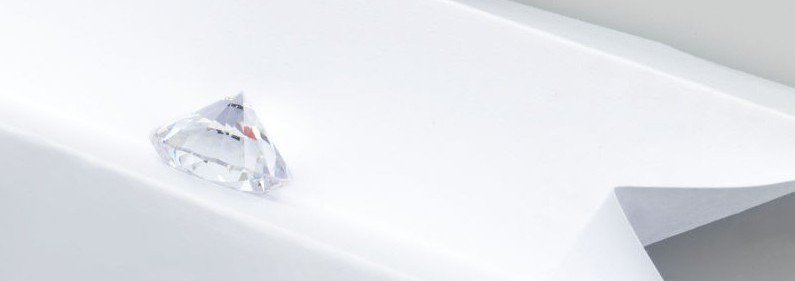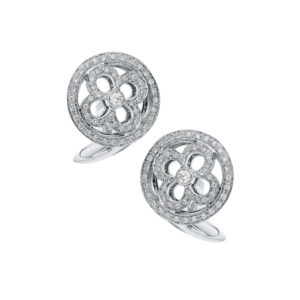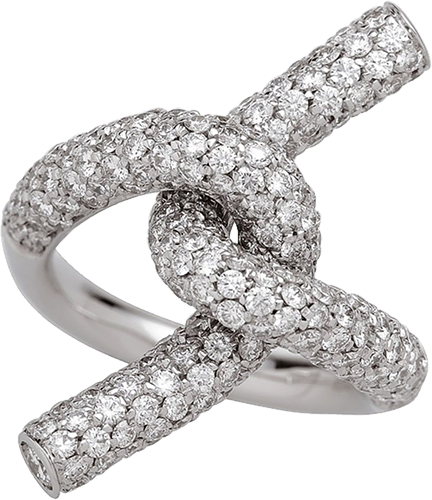Menu

13 11月 2016
The word Diamond comes from the Greek word Adamas meaning “unconquerable, invincible”.
For centuries, the Diamond was invincible and unassailable by any tools man tried to use to cut and work it. Therefore, it was used in its rough state for a long time.
The Romans protected themselves with talismans of diamond crystals. The oldest testimonies date back to the third millennium BC with the long Indian epic poem, the Mahabharata, which tells the stories of heroes who wore uncut diamonds that were simply polished in their rough state.

The extreme hardness of this material (10 on the Mohs Scale) compared to other softer stones made it impossible to work, which would give have given it greater brilliance and transparency.
The first types of cut were nothing more than changes to the common outline of a rough crystal.
The “Rose cut” became popular in the 16th century, and remained in vogue until the 1900s.
The “Rose cut” was so named because it resembles a rose bud. It has a flat base and a crown consisting of many facets, which meet at a point in the centre.
The first “brilliant cut” or “double cut brilliant” appeared in 1640 thanks to Cardinal Mazzarino. This cut consisted of a square table on the upper half (crown) and 16 triangular facets, while the lower half, the pavilion, consisted of another 16 facets and a large apex.
A few years later in 1655, Vincenzo Peruzzi, a Venetian polisher, perfected this cut and invented the “triple-cut” which has the complete series of facets we see today; star facets, fundamental crown facets, fundamental pavilion facets, upper girdle facets and lower girdle facets.
With the passing of the centuries and the onset of the industrial revolution in the 1800s, diamond-cutting techniques improved and became more sophisticated, artisan and manual efforts were gradually replaced with mechanical power, such as the steam engine, which allowed creating cuts and transparencies that until then had been unthinkable.
In 1919 Marcel Tolkowsky analysed the mathematical and physical aspects of the cut and the optical properties of the diamond, which allowed developing the modern “brilliant cut. He also found the optimum proportions of this type of cut to provide maximum brilliance.
Many companies now try to change the number of facets by making unusual cuts for the sole purpose of trying to be original or to attract unnecessary attention. It took ages to arrive at the perfect “brilliant cut” with the current 57 facets (58 if the apex also has a facet).
We believe it is important to appreciate and preserve the priceless beauty of this cut as if it was a work of art. In any case, a diamond is undoubtedly a type of art.

